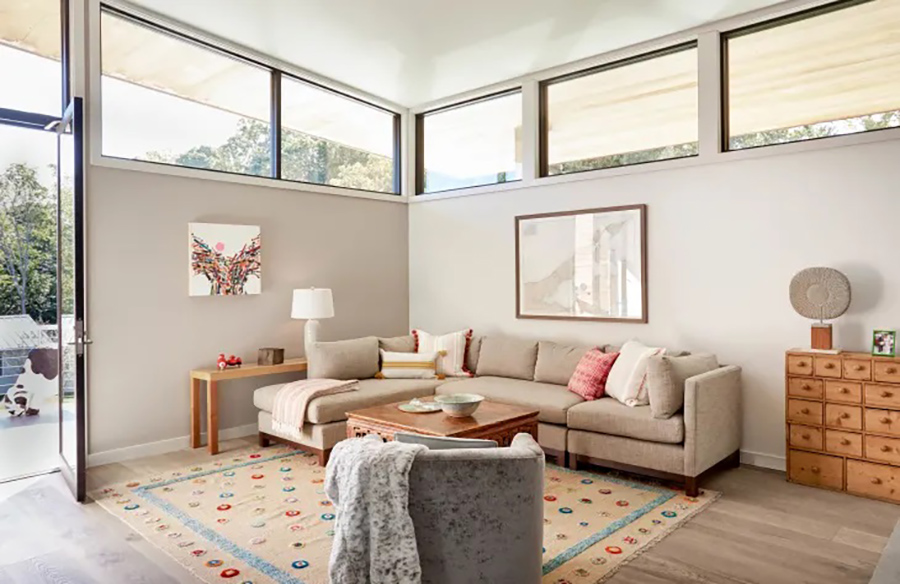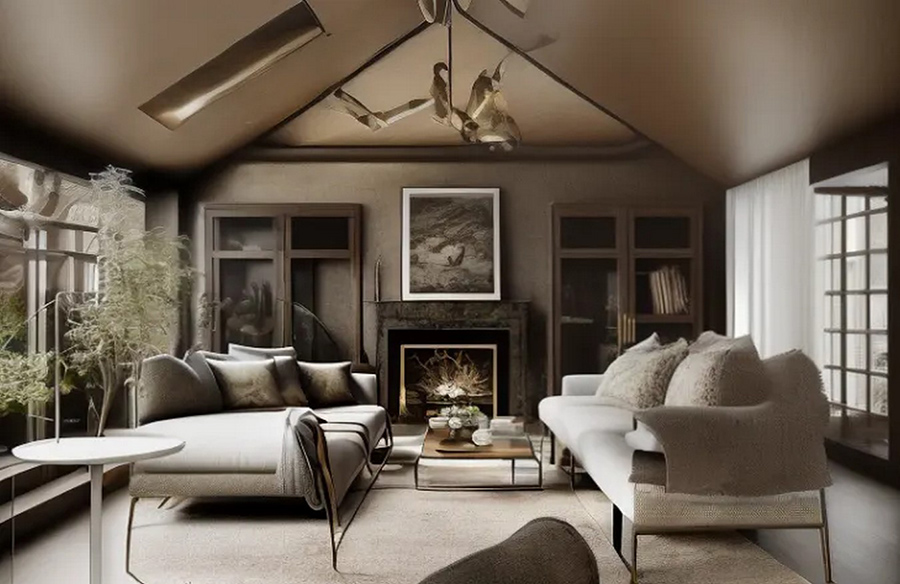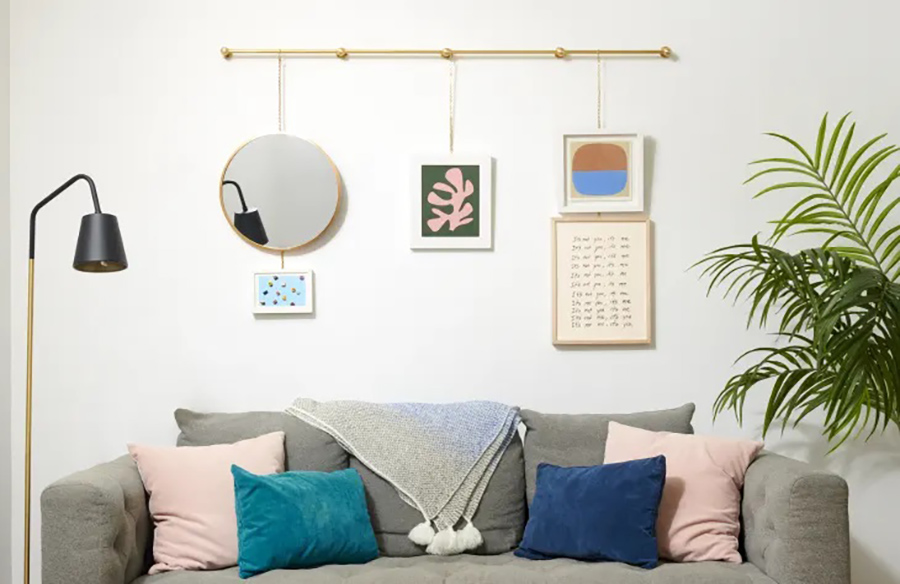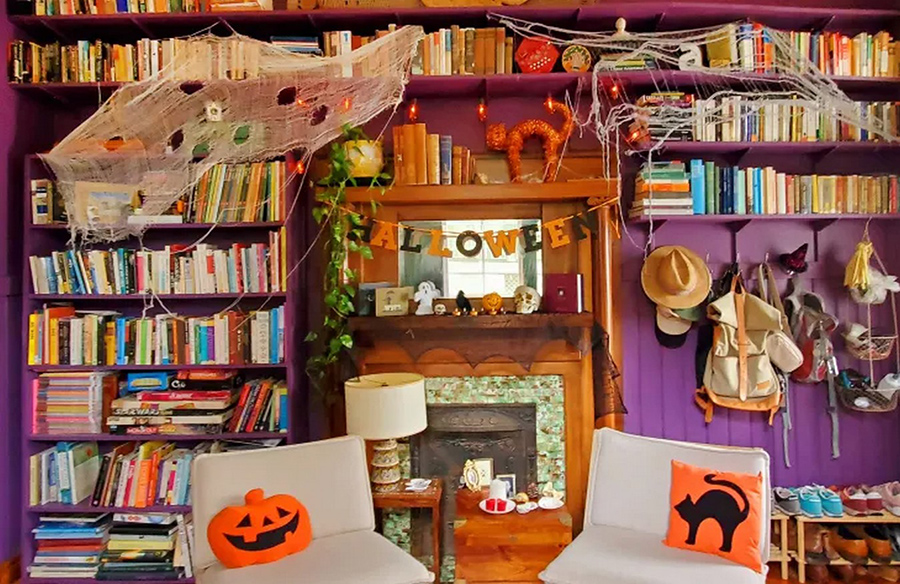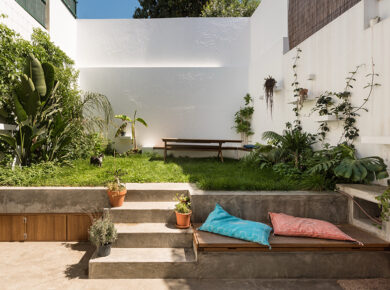Analogous colors, while a familiar concept to many, hold immense potential for expertly designing and decorating your home. Understanding and effectively utilizing these color schemes can elevate your space, creating harmony and visual interest. Let’s delve into how you can harness the power of analogous colors to transform your home into a beautifully curated environment.
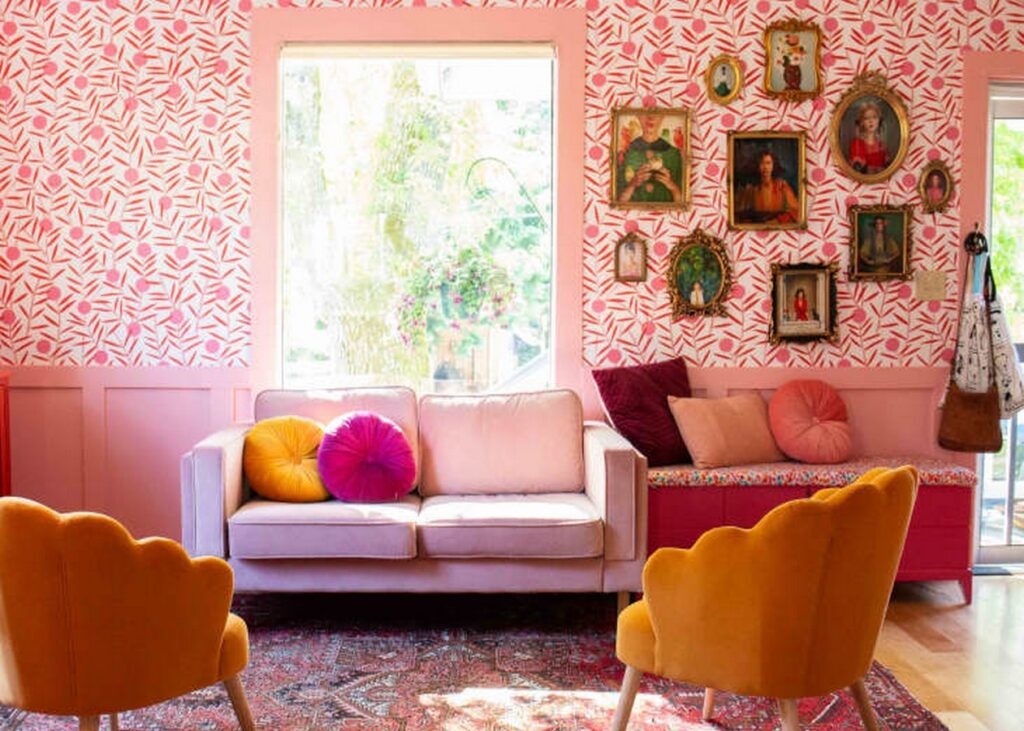 Understanding Analogous Colors
Understanding Analogous Colors
Analogous colors refer to groups of three colors that sit adjacent to each other on the color wheel. These color combinations evoke a sense of transition, harmony, and continuity, mirroring the natural color groupings found in our surroundings. Think of the warm hues of a sunset or the cool tones of an ocean. Incorporating analogous colors into your home design can create a calming yet dynamic atmosphere.
Selecting Analogous Color Palettes
When choosing analogous color palettes for your home, consider the mood and aesthetic you wish to evoke in each space. For a tranquil, spa-like bedroom, hues of green, green-blue, and blue can induce a sense of serenity. Alternatively, pairing blue with purple and violet adds richness and elegance to your décor, striking a balance between boldness and calmness.
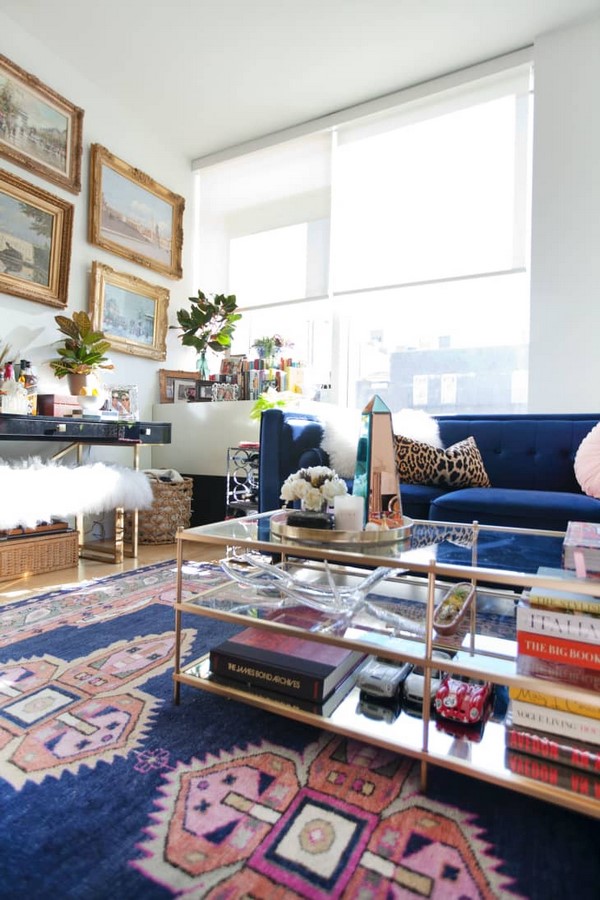 Implementing Analogous Colors
Implementing Analogous Colors
To effectively implement analogous colors in your design, adhere to the 60:30:10 color rule. Choose one color as the dominant hue, which will cover 60 percent of your space. The secondary color should occupy 30 percent, while the accent color adds subtle pops in the remaining 10 percent. Focus the dominant color on prominent elements like walls and furniture, reserve the secondary color for upholstery and décor accents, and use the accent color sparingly for accessories.
Balancing Your Color Scheme
Avoid overwhelming your space with analogous colors by incorporating variations in shades and tones within the same color family. This adds depth and dimension to your design, preventing monotony. Introduce patterns and textures to create visual interest, and integrate natural elements like wood, leather, and stone to complement your analogous color scheme seamlessly.
Conclusion
By mastering the use of analogous colors, you can achieve a harmonious and expertly designed home that reflects your personal style and enhances your living experience. Whether you opt for soothing blues or vibrant reds, embracing analogous color schemes opens up a world of possibilities for creating a space that is both visually stunning and emotionally resonant.
